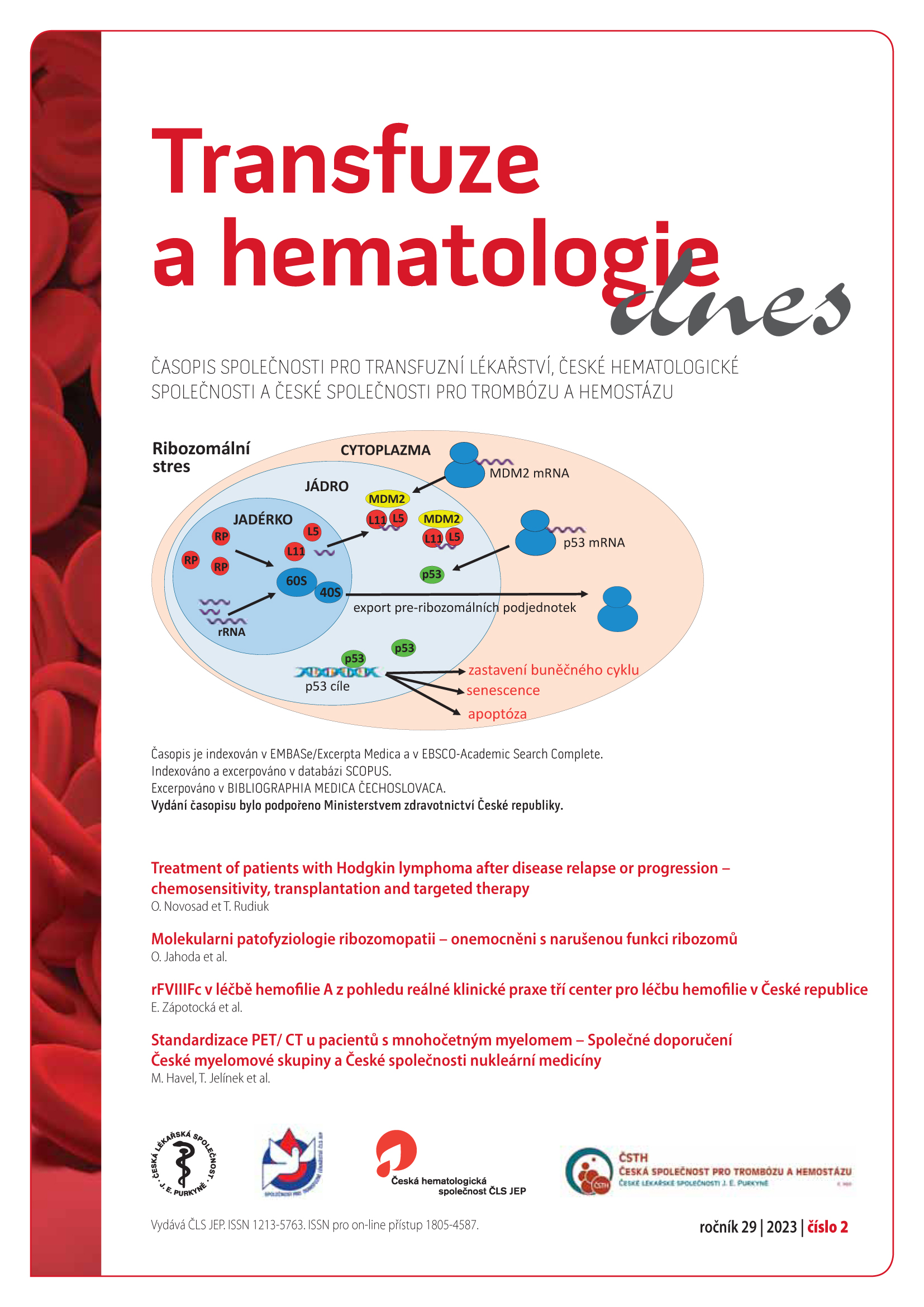Treatment of Patients With Hodgkin's Lymphoma After Disease Progression: Chemosensitivity, Transplantation and Targeted Medication
Keywords:
allogeneic hematopoietic stem cell transplantation, Hodgkin`s lymphoma, relapse, chemosensitivity, targeted therapyAbstract
In today's world, Hodgkin's lymphoma (HL) is considered a curable disease, since up to 90% of patients with the early stage of the disease and 70–80% with the advanced stages achieve a long-term remission after the first line of treatment. Approximately 15–25% of patients with HL report the primary refractory disease or relapse after the achievement of response to the first line of treatment; and about half of them are diagnosed with chemosensitivity and/or relapse after transplantation. High-dose chemotherapy and transplant of autologous hematopoietic stem cells is highly effective in the patients with refractory disease or relapse; and it contributes to the long-term survival in a significant number of patients. Favorable prognosis is observed in the patients who obtained their treatment in a timely manner in the event of disease, or those who have a high-risk disease, an inadequate response to standard first-line treatment, or a chemosensitive relapse. However, the high-dose of chemotherapy and the autologous hematopoietic stem cell transplant do not benefit the patients with primary chemoresistant disease, and the patients with relapse who do not have chemosensitivity. The allogeneic transplant of hematopoietic cells and/or targeted immunotherapy are the options for this group of people.


